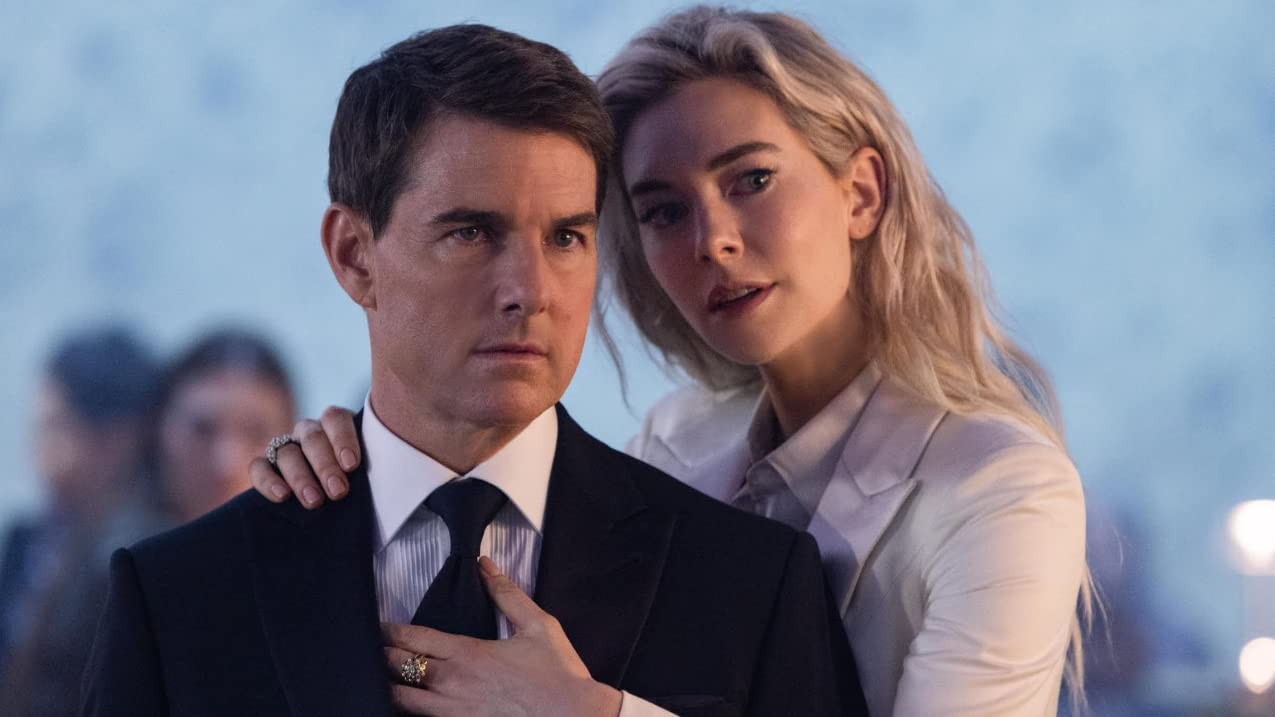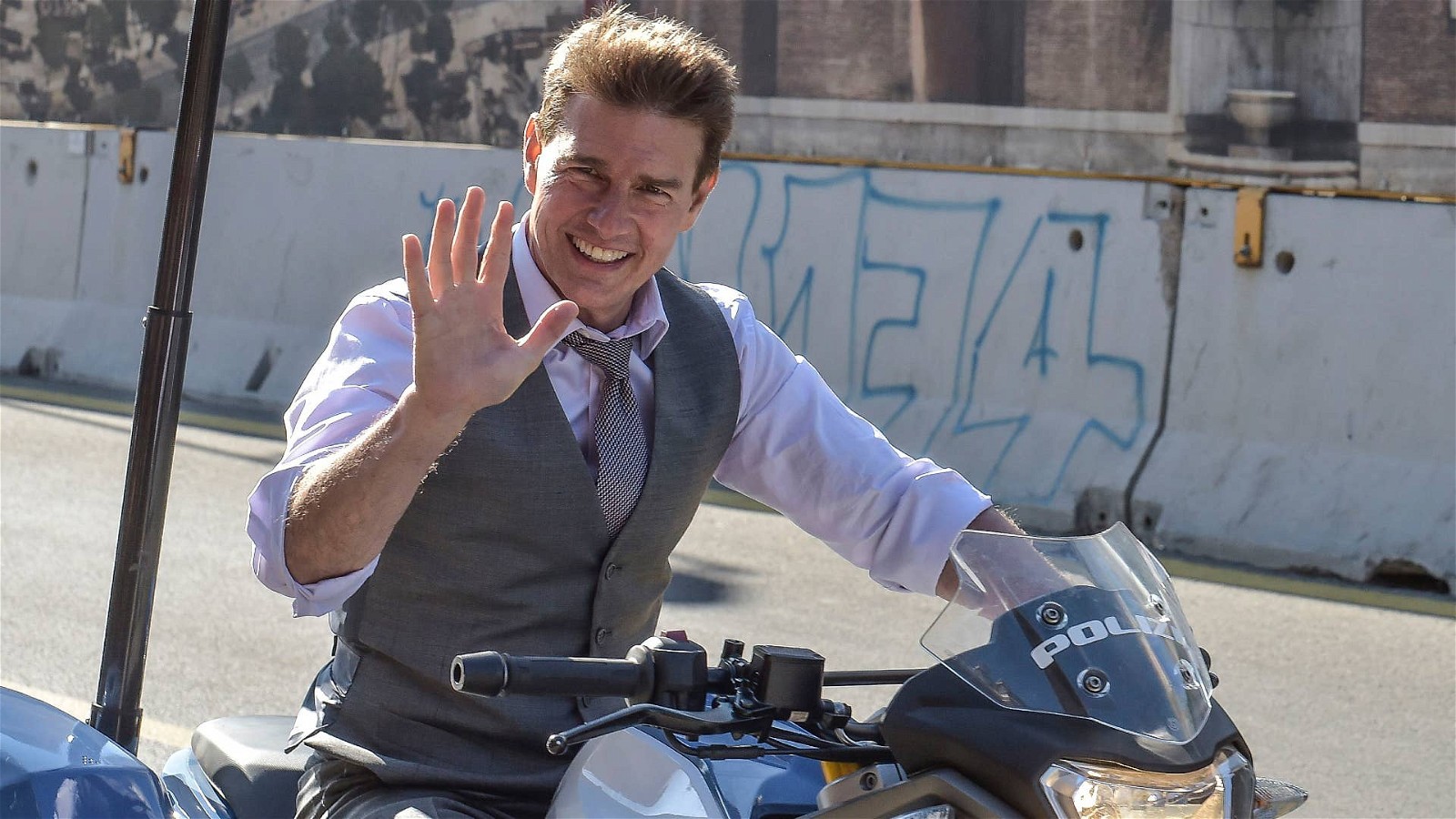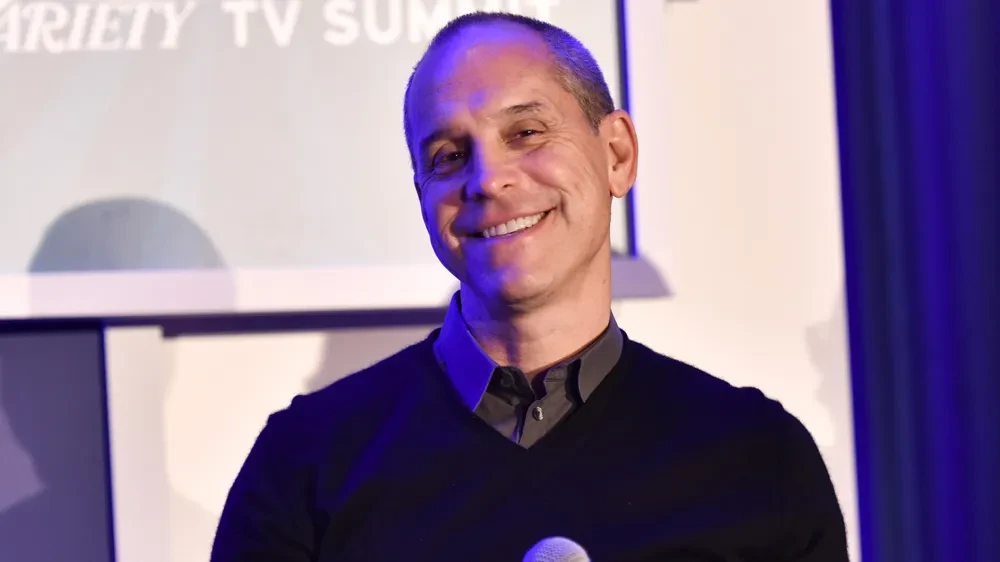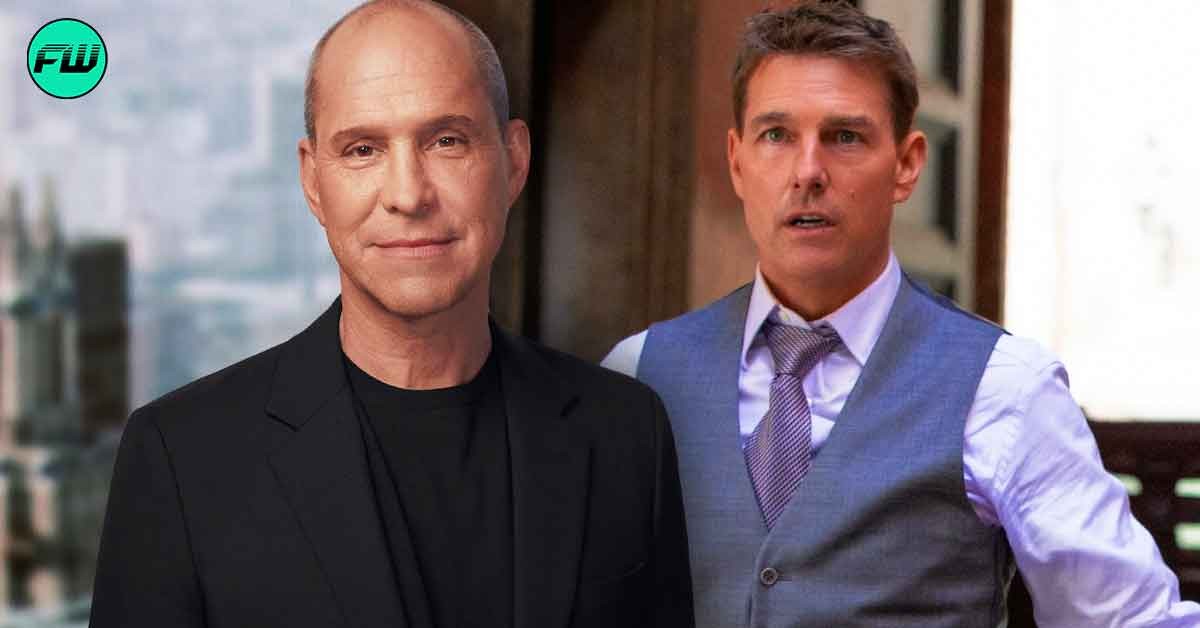Fans of the Mission: Impossible series have been waiting for the release of Mission: Impossible – Dead Reckoning Part One for a long time. However, the audience didn’t see the turbulent trip behind the scenes that almost ruined the production of the picture.
In recent comments, Paramount’s CEO since 2021, Brian Robbins, detailed the chaos that ensued during production of Mission: Impossible 7. An unpopular underwater sequence that was supposed to appear in the sequel significantly increased the expense.
The Turbulent Production of Mission: Impossible 7

Brian Robbins’s filming method included dismantling walls inside Paramount Global. Robbins wanted to unify the studio’s approach to advertising its films. Thus, he pushed for cooperation across departments.
Suggested Article: “Some people will be looking for a fight”: David Zaslav Was Trolled and Humiliated Live By Hundreds of Students Who Screamed “We don’t want you here”
The AFC Championship Game visit by Tom Cruise and the Scream movie marathon on MTV are just two examples of the innovative marketing resulting from this openness policy. The objective was to make the Mission: Impossible films ubiquitous in popular culture despite the increasingly fragmented nature of the media environment.
When Robbins became Paramount’s CEO, he faced a crisis: he conflicted with Tom Cruise and director Christopher McQuarrie over the ballooning cost of Mission: Impossible 7. The film’s budget ballooned to about $300 million owing to COVID-related shutdowns.

However, adding a costly scene featuring a Russian submarine was a major concern. This undersea spectacular was meant to be included in the second installment of the two-part tale, but Cruise and McQuarrie insisted on moving it forward.
Paramount had a tough time making ends meet because of a clause in the deal with co-financier Skydance Media that required the studio to pay for costs beyond $240 million. This meant that any additional costs had to be borne by Paramount, further complicating an already difficult position.
Paramount CEO Weathers the Storm of Criticism

Robbins said the situation was tough, calling it a “stalemate” between the studio and the film’s creative team. He avoided getting into details, but it was evident they had a problem with the submarine scene’s size and cost.
“It was understandable. Jim is a gentleman and a statesman of the movie business. The guy is adored — I adore him. He’s nothing but a class act. We live in a world where it’s easier for the press to get more readers by writing something negative than writing something positive.”
Studio executives had to weigh the scene’s importance and influence on the plot against the time and money it would take to shoot it. Robbins set the record straight, saying that the conflict wasn’t about money at all, despite widespread assumptions to the contrary.
Paramount had to determine how crucial the submarine sequence was to the film’s plot and how feasible it would be to shoot. Filmmakers and studios often must walk a tightrope between following their artistic vision and staying under budget.
Robbins had to simultaneously deal with production problems and the press’s harsh criticism. The news of his ascension to CEO, replacing the esteemed Jim Gianopulos, was met with widespread skepticism and unfavorable press.
Some even questioned if he planned to make streaming Paramount’s top priority. But Robbins never wavered in his devotion to the film industry, holding firm faith in the significance of first-run theater screenings and the ensuing word-of-mouth that boosts films’ reception when made available on home video.
Source: Variety

